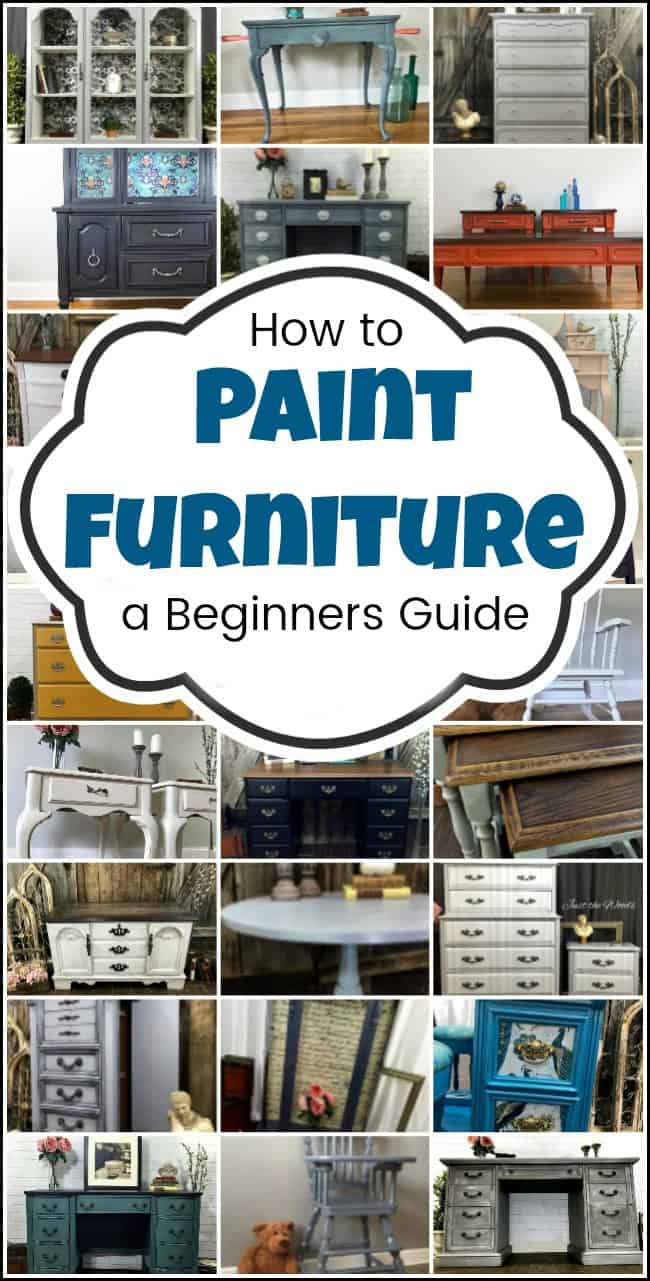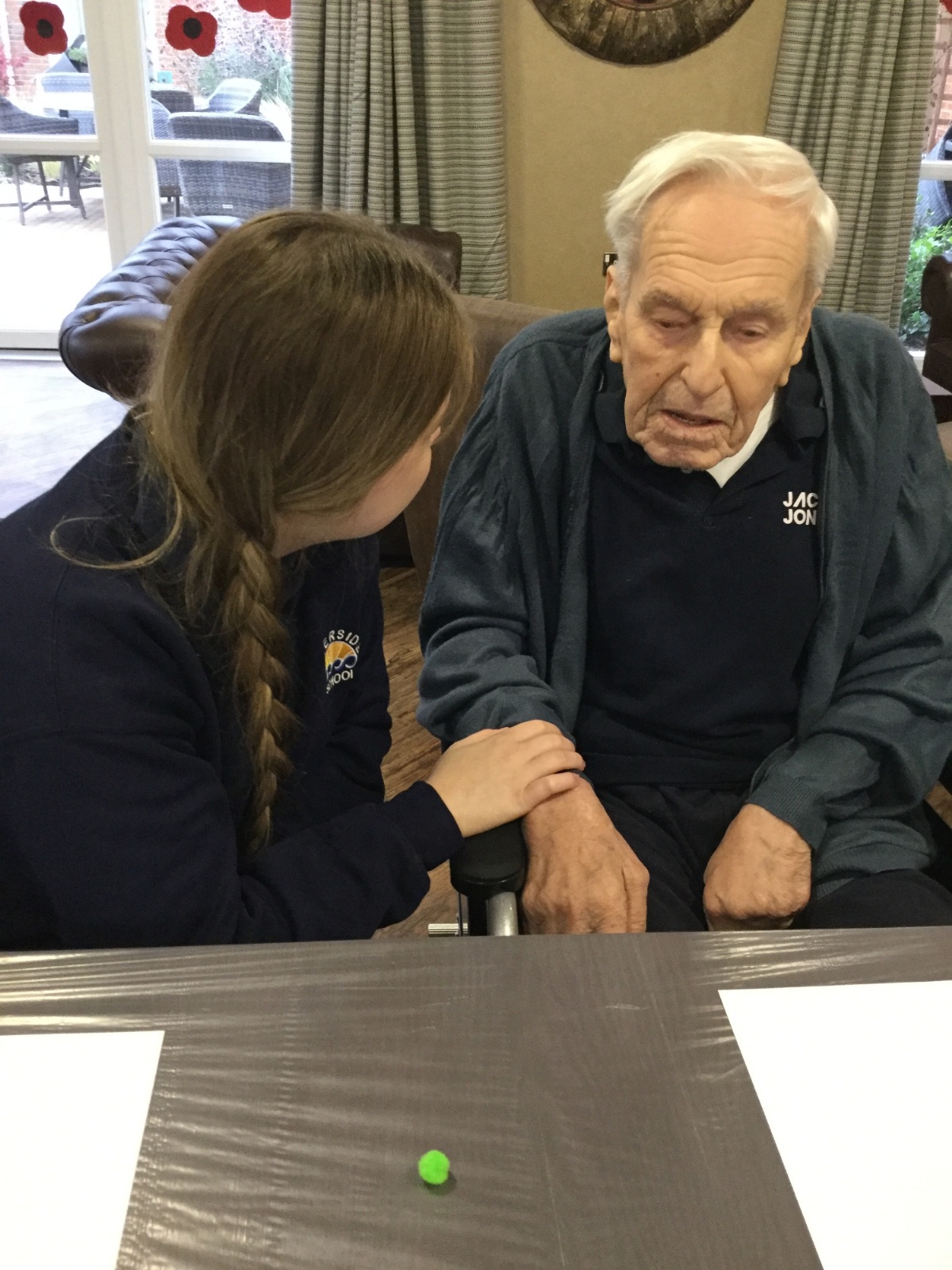Table of Content
There are some cautions necessary with using compressed air, though.The problem with canned air is that it could blow lint deeper in the machine. Place a piece of newspaper under the machine while you work.Oil small areas at a time. This article must have helped you understand how to lubricate your sewing machine. A little care on a regular basis will enhance the performance and lifespan of your sewing machine and keep it from making unpleasant noise.

It is not a good idea to lubricate your Elna sewing machine if dust and lint are present. Cleaning is an essential step to ensure that the lubrication applied lasts for a longer time. So the first thing you want to do is kind of clean and dust your machine; get rid of any excess lint that you see around here. And then, basically, we’re putting oil in wherever you have metal on metal.
How To Clean Sewing Machine Step-By-Step
Refer to the links below to find your brand’s online manual. There you’ll learn whether and how to oil your personal machine. And as mentioned before, oiling your machine also prevents it from overheating which might cause more serious damage. "What helped me most was the video showing how to dust and clean plus oil the machine. It as very useful." Such a machine will still need to be maintained, but if it says not to oil it at home, don’t.
How to Oil a Sewing Machine The frequency of oiling a sewing machine depends on two basic factors. First is the model and type of your sewing machine, and second is how regularly you use it. The same machine needs oiling twice a week when used in industrial work while on the other hand, it needs to be oiled once every couple of months if it is being used at home. To ensure smooth sewing and the long life of your Bernia 830 sewing machine, it is advised to oil it every day before you start sewing.
How Often Do I Need To Oil A Sewing Machine?
Remove all of the extra pieces of the machine that will get in the way of a thorough cleaning. For example, remove thread, bobbin cases, plates, and the presser foot. A variety of natural, safe and domestic lubricants can be used as effective sewing machine oils. These oils are natural and relatively inexpensive, so feel free to experiment by using different measures of each to see how your own sewing machine responds to them. A good place to start is to use a small amount of each ingredient, introducing it to your sewing machine when lubricating to ensure that they do not cause any unwanted effects.

Sewing machines need to be oiled on a regular basis to keep them running smoothly and long-lasting. It should now be clear that sewing machine oils come from a variety of natural ingredients, lubricants, and minerals. Regular oiling is important to ensure a sewing machine’s performance and longevity. Sewing machine oil is used for the lubrication of all types of sewing machines and models. Used correctly, this can enhance the performance and shelf life of both home use and industrial sewing machines.
All About Bobbin: The Proper Way to Thread a Bobbin
Screw the needle plate back into the sewing machine. After reading this article, we hope you’ll learn how to clean and oil a sewing machine. Though you clean your sewing machine regularly, it’s better to take it for servicing once or twice a year to check all settings and replace other parts if necessary. After removing the needle and the presser foot, it’s time to clean the needle area. You can also remove the needle holder to clean the area quickly. With the help of the brush, start cleaning the area around the needle and remove all fabric and pieces of lint.
In the majority of machines, this is typically the bobbin cases, additional threads, needle plates, the stitch plates, as well as the presser foot. Its main ingredients are graphite and mineral oil. To clean and oil the Elna Carina sewing machine, open the front door first and disengage the moving blades. Now remove the sewing foot and the needle plate.
Put only a few drops in the moving parts of the machine. For instance, pour a couple of droplets of oil in the resting place of the bobbin case, inside the hook race and around the outer ring of the bobbin hook. Make sure you have a dust cleaner, soft fabric, a stiff brush – lint brush, toothbrush or a mascara wand – with you.

Oiling will allow the machine to run smoothly and quietly. As a result, the sewing machine will not run smoothly and make ugly noises. For larger surfaces, simply use a piece of cloth to wipe the dirt off.
Disconnect the power supply of the sewing machine before oiling. Drop two or three drops of oil on the marked holes after you remove the needle. Remember to clean the sewing machine so that no sort of debris goes into the sewing machine with the oil. Clean any other parts as instructed by your sewing machine manual. Be sure to use only sewing machine oil when oiling your sewing machines. Other oils can have disastrous consequences on how your needle moves through fabric or how much resistance there is for stitching.
I find my purpose and passion in helping people look and feel good. If you use too much oil, use a dry cloth to rub away the excess carefully and gently. Small vacuum attachments can sometimes work for cleaning out lint. If you use too much oil, you can run muslin through the machine, and then wipe the exterior of the machine. You might need to do this a few times over the subsequent days until all of the extra oil is not in the machine.
How to Oil a Sewing Machine Remove the presser foot and the needle only after you switch off the machine and unplug it. If you do not cut out the power source, the chances are that you will experience electric shock or any other mishap. Now slide the needle plate and remove the bobbin case and clean the machine of any unwanted strands of thread. Before oiling the baby lock sewing machine, How to Oil a Sewing Machine? It is important to remove the remove bobbin case, backplate and slide the side plate.

















